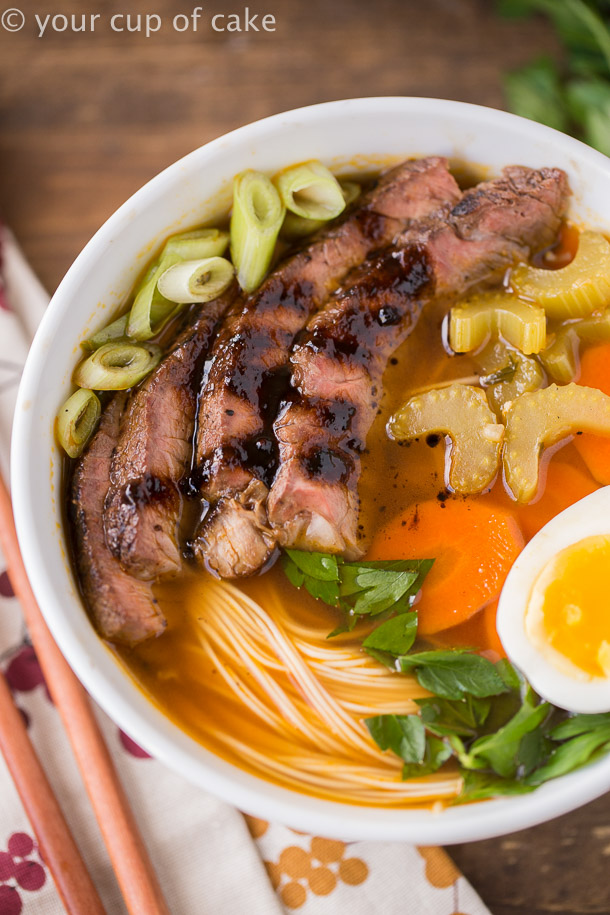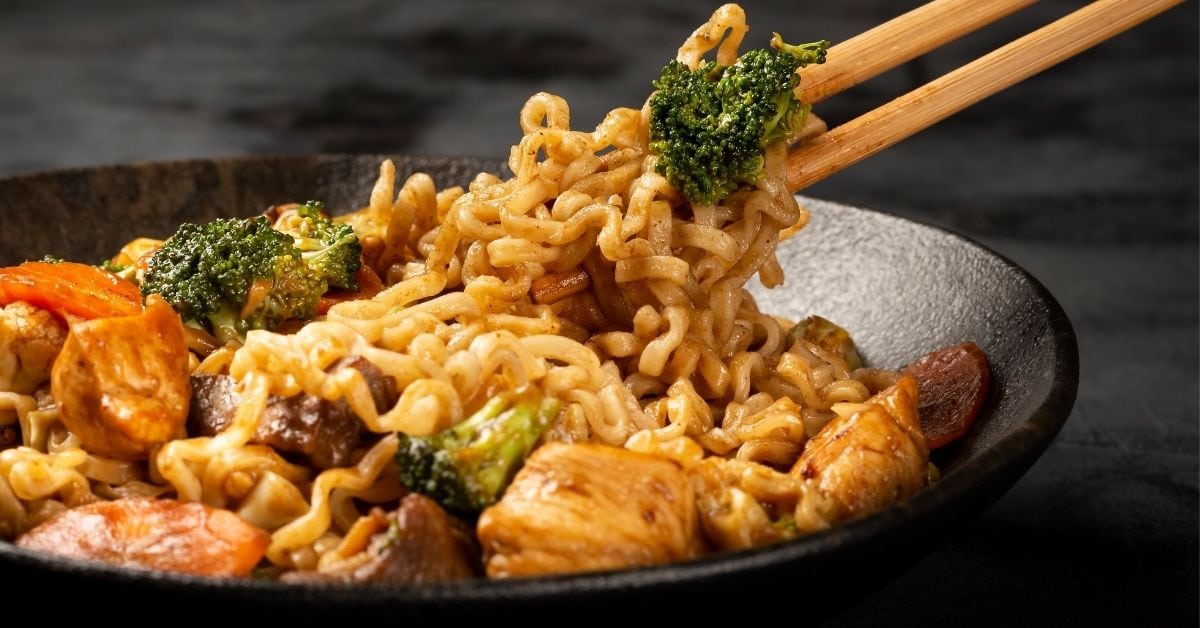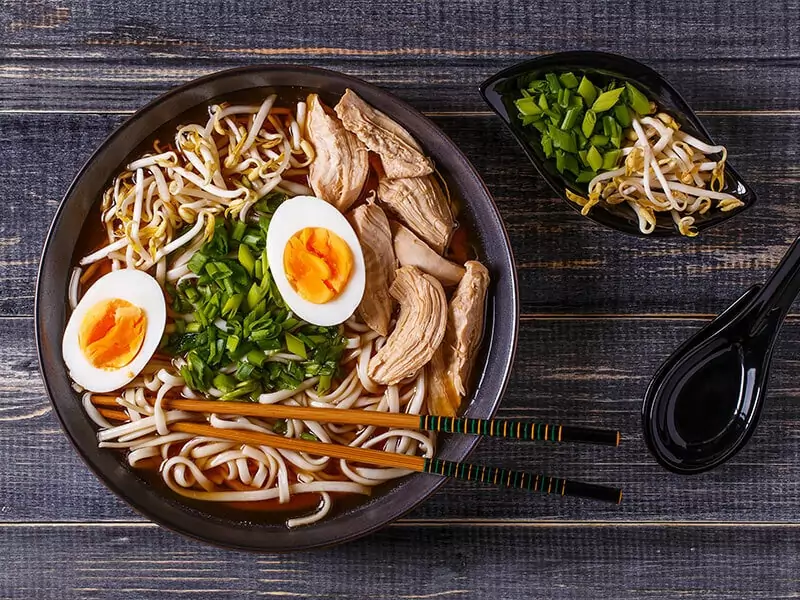Japanese noodle cuisine has captivated food lovers worldwide with its rich flavors, diverse varieties, and cultural significance. From ramen to soba, udon to somen, each type of noodle offers a unique taste experience that reflects Japan's culinary heritage. Whether you're a seasoned food enthusiast or just starting to explore Asian cuisine, understanding the world of Japanese noodles can open up a world of flavors and traditions.
Japanese noodles are not just food; they are a cultural expression that tells the story of Japan's history, geography, and people. Each region in Japan has its own take on noodle dishes, resulting in a wide variety of flavors and cooking methods. This article will delve deep into the fascinating world of Japanese noodles, exploring their origins, types, cooking techniques, and cultural importance.
Whether you're planning to visit Japan to experience authentic noodle dishes or looking to recreate these dishes in your own kitchen, this article aims to provide comprehensive insights into the world of Japanese noodles. Let's dive into the delicious and diverse realm of Japanese noodle cuisine.
Read also:What Is The Age Gap Between Ezra And Aria Exploring Their Dynamic Relationship
Table of Contents
- The History of Japanese Noodles
- Types of Japanese Noodles
- Ramen: The King of Japanese Noodles
- Soba: Buckwheat Delight
- Udon: Thick and Chewy
- Cooking Techniques for Japanese Noodles
- Nutritional Value of Japanese Noodles
- Cultural Significance of Japanese Noodles
- Japanese Noodles Around the World
- Delicious Japanese Noodle Recipes
The History of Japanese Noodles
Japanese noodles have a long and fascinating history that dates back centuries. The earliest form of noodles in Japan was introduced through cultural exchanges with China during the Nara period (710-794). Known as "kakube" or "sokui," these early noodles were primarily consumed by the elite and used in ceremonial settings.
Over time, noodle-making techniques evolved, and different regions in Japan began developing their own unique styles. By the Edo period (1603-1868), noodles had become an integral part of Japanese cuisine, with ramen, soba, and udon gaining widespread popularity. Today, Japanese noodles continue to evolve, blending traditional methods with modern innovations.
Types of Japanese Noodles
1. Ramen
Ramen is perhaps the most famous type of Japanese noodle, enjoyed worldwide for its rich broth and chewy noodles. Ramen originated in China but was adapted to Japanese tastes, resulting in a variety of regional styles such as tonkotsu, shoyu, miso, and shio.
2. Soba
Soba noodles are made from buckwheat flour and are known for their earthy flavor and firm texture. Served either hot or cold, soba is a staple in Japanese cuisine and is often enjoyed during special occasions like New Year's Eve.
3. Udon
Udon noodles are thick, chewy, and made from wheat flour. They are versatile and can be served in a variety of dishes, including soups, stir-fries, and cold noodle salads.
4. Somen
Somen noodles are thin, delicate, and made from wheat flour. Typically served cold, somen is a refreshing dish popular during the summer months in Japan.
Read also:Eva Greens Daughter A Glimpse Into The Life Of A Stars Child
Ramen: The King of Japanese Noodles
Ramen has become a global phenomenon, with countless variations available worldwide. The key components of a ramen dish include the noodles, broth, tare (seasoning sauce), and toppings. Popular toppings include marinated eggs, cha-shu pork, nori, and scallions.
Regional variations of ramen highlight the diversity of Japanese cuisine. For example, Sapporo ramen is known for its creamy miso-based broth, while Hakata ramen features thin, straight noodles in a rich tonkotsu broth.
Soba: Buckwheat Delight
Soba noodles are not only delicious but also rich in nutritional value. Buckwheat, the primary ingredient in soba, is a gluten-free grain that provides essential nutrients like protein, fiber, and vitamins. Soba can be enjoyed in a variety of dishes, including:
- Zaru soba: Cold soba noodles served with dipping sauce
- Kake soba: Hot soba noodles in a light broth
- Tori soba: Soba noodles with chicken and vegetables
Udon: Thick and Chewy
Udon noodles are beloved for their thick, chewy texture and versatility. They can be served in a variety of dishes, including:
- Kitsune udon: Udon noodles with a sweet fried tofu topping
- Curry udon: Udon noodles in a rich curry broth
- Yaki udon: Stir-fried udon noodles with vegetables and meat
Udon is often enjoyed during colder months due to its hearty and filling nature.
Cooking Techniques for Japanese Noodles
1. Boiling
The most common method for cooking Japanese noodles is boiling. Each type of noodle requires different cooking times and techniques to achieve the perfect texture. For example, soba noodles should be rinsed under cold water after boiling to remove excess starch and enhance their flavor.
2. Stir-Frying
Stir-frying is a popular method for preparing udon and yakisoba noodles. This technique involves cooking the noodles with vegetables, meat, and seasonings in a hot wok or pan.
3. Soups
Japanese noodles are often served in soups, where they absorb the flavors of the broth. Popular soup-based dishes include ramen, kake udon, and soba with dashi broth.
Nutritional Value of Japanese Noodles
Japanese noodles offer a range of nutritional benefits, depending on the type and preparation method. Buckwheat soba noodles are particularly nutritious, providing protein, fiber, and essential minerals like magnesium and manganese. Udon and somen noodles, made from wheat flour, offer carbohydrates for energy and can be part of a balanced diet when paired with vegetables and lean proteins.
It's important to note that some noodle dishes, such as creamy ramen or fried yakisoba, can be high in calories and sodium. Moderation and mindful ingredient choices can help make Japanese noodle dishes healthier options.
Cultural Significance of Japanese Noodles
Japanese noodles play an important role in the country's cultural and social life. For example, eating soba on New Year's Eve is a traditional practice believed to bring good luck and longevity. Noodles are also a common feature at festivals, street food stalls, and family gatherings.
Regional noodle dishes reflect the unique characteristics and ingredients of each area in Japan. For instance, Sanuki udon from Kagawa prefecture is famous for its firm texture and rich flavor, while Nagasaki champon showcases the influence of Chinese cuisine on Japanese noodles.
Japanese Noodles Around the World
The popularity of Japanese noodles has spread globally, with ramen shops, soba restaurants, and udon eateries popping up in cities worldwide. This global appeal can be attributed to the delicious flavors, cultural intrigue, and adaptability of Japanese noodle dishes.
Western adaptations of Japanese noodles, such as fusion ramen bowls and soba salads, have also gained traction, demonstrating the versatility of these dishes. However, purists often seek out authentic Japanese noodle experiences, highlighting the importance of preserving traditional techniques and ingredients.
Delicious Japanese Noodle Recipes
1. Classic Ramen Recipe
Ingredients:
- 200g ramen noodles
- 4 cups ramen broth
- 2 tbsp tare (soy sauce or miso)
- 1 boiled egg
- 100g cha-shu pork
- 1 sheet of nori
- 2 tbsp scallions
Instructions:
- Cook ramen noodles according to package instructions.
- Heat ramen broth and tare in a pot until simmering.
- Add cooked noodles to the broth and serve in a bowl.
- Top with boiled egg, cha-shu pork, nori, and scallions.
2. Cold Soba Salad
Ingredients:
- 200g soba noodles
- 1 cucumber, thinly sliced
- 1 carrot, julienned
- 1 avocado, sliced
- 2 tbsp soba dipping sauce
- 1 tbsp sesame seeds
Instructions:
- Boil soba noodles and rinse under cold water.
- Mix noodles with cucumber, carrot, and avocado.
- Drizzle soba dipping sauce over the salad.
- Sprinkle sesame seeds on top and serve chilled.
Conclusion
Japanese noodles offer a delightful culinary journey that combines flavor, tradition, and innovation. From the hearty ramen to the delicate soba and chewy udon, each type of noodle brings its own unique charm to the table. By understanding the history, types, cooking techniques, and cultural significance of Japanese noodles, you can appreciate their role in both Japanese cuisine and global food culture.
We invite you to explore the world of Japanese noodles further by trying out new recipes, visiting authentic noodle shops, and sharing your experiences with others. Don't forget to leave a comment below or share this article with fellow food enthusiasts. Happy noodling!


